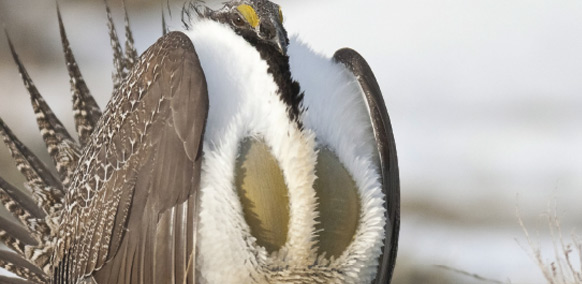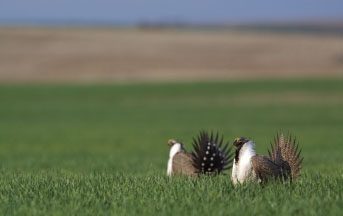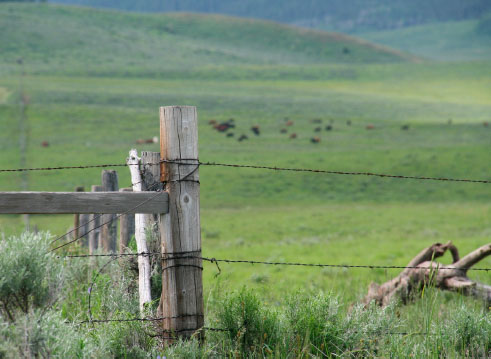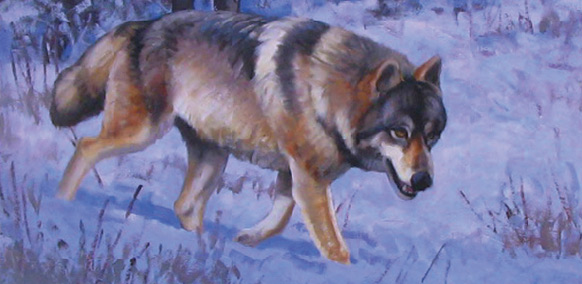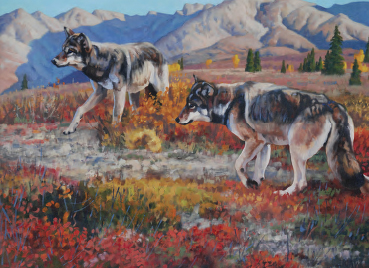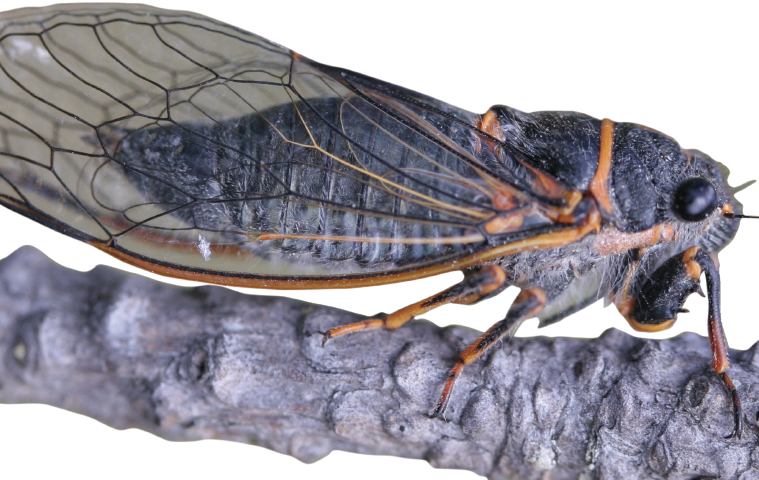Greater sage grouse: The bird that brought the West together
The greater sage grouse lives in the extensive sagebrush steppe that spans parts of Washington, Oregon, California, Nevada, Utah, Idaho, Montana, Wyoming, Colorado, the Dakotas, Alberta and Saskatchewan.

